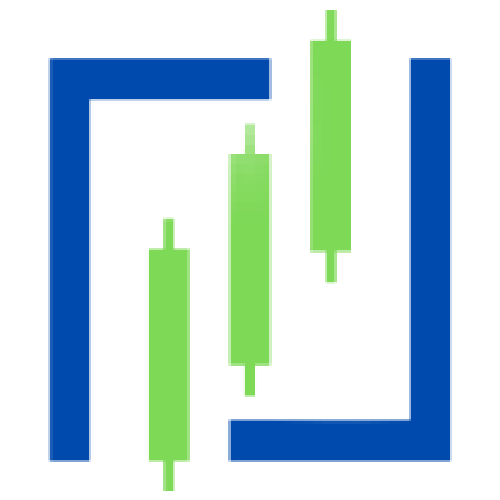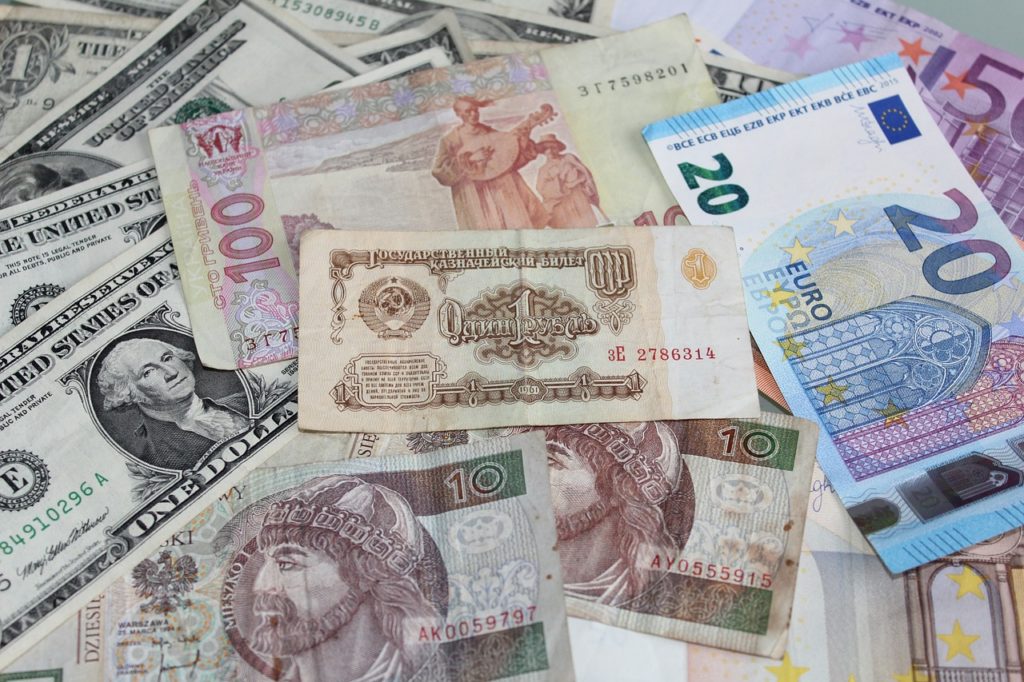An Introduction to Forex
What is forex? Forex refers to the foreign exchange market. Quite simply, it’s the international financial market that allows one to trade currencies. Foreign exchange is the process of trading one currency for another for a number of reasons – generally for commerce, trading, or tourism.
Currencies are important because they allow us to purchase goods and services locally and across borders. Currencies trade against each other as exchange rate pairs. An exchange rate is the relative price of two currencies from two different countries or regions. For example, EUR/USD is a currency pair for trading the euro against the U.S. dollar.
Let us assume you are an individual from Germany making your way to the United States for the first time to enjoy a holiday with your family. You know the euro coins and paper money in your wallet will not be accepted by most vendors there, so you decide to take the necessary steps before making your trip. You head down to your local currency exchange bureau to exchange euros to US dollars. Congrats, you’ve basically participated in the foreign exchange market! In forex trading terms, you’ve sold euros and bought dollars.
Or let’s say you are a Chinese international who wants to take a trip to Egypt to see the pyramids. Your Chinese yuan will be of no use there. You will need to exchange that for the Egyptian pound.
Foreign exchange is also essential for international trade. If you are living in India and you want to buy wine from Italy, then the local company from which you buy the wine has to pay the Italians for the wine in euros. To do so, the Indian importer would need to exchange the equivalent value of rupees for euros.
Because of the worldwide scope of commerce, trade and finance, forex markets are the largest and most liquid in the world. In fact, according to a 2019 report from the Bank for International Settlements, the daily trading volume for forex reached $6.6 trillion in 2019. Comparatively, one can note the $200 billion per day volume of the New York Stock Exchange. This really shows how large the forex market truly is. This tends to create its own unique advantages and properties.
As forex markets are among the most liquid markets in the world, they tend to be less volatile than other markets. Like all markets, forex is primarily driven by the forces of demand and supply and the volatility of a particular currency is a result of multiple factors – mainly political and economic ones of a country. That is why one must keep in mind various aspects when dealing with this market. These include but are not limited to:-
- Overall market sentiment – generally derived from news and economic data and individuals’ and organisations’ predictions towards the overall state of a country or region’s overall economic health and strength of its relevant currency.
- News reports – if positive news hits the market, this usually encourages demand for the affected region’s currency and the opposite effect happens in case of bad news.
- Economic data – such as GDP growth/decline, weekly unemployment claims, inflation numbers, retail sales, consumer confidence data, etc…
- Central Banks’ stance – hawkish (aggressive) or dovish (conservative) measures taken in order to affect overall major economic performance of a region typically by altering interest rates. Central Banks’ decisions often have the largest effects on a region’s currency.
- Credit ratings – A country with a high credit rating means that it is more likely to repay its ongoing debts and is seen as a safer area for investment than one with a low credit rating. An improved independent credit rating will boost interest in a particular currency while the opposite happens in case of downgraded ratings.
Another advantage apart from its size is the fact that the market also rarely closes. Unlike the stock or commodities markets, forex trading takes place directly between two parties in an over-the-counter (OTC) market run by banks spread across the global major trading centers in London, Paris, Frankfurt, Zurich, New York, Hong Kong, Tokyo, Singapore and Sydney. As there is no central location, the forex market does not close at the end of each business day and is open 24 hours a day, five and a half days a week – only closing down during the weekend.
Let us take our previous example of being the German tourist visiting the USA. Two weeks on, before flying back home, you stop by the currency exchange booth to exchange your remaining US dollars to euros and notice that the exchange rates have changed. It’s these changes in the exchange rates that allow you to make money in the foreign exchange market. Here, one must keep in mind that forex trading always involves selling one currency in order to buy another (which is why it is quoted in pairs). Each currency in the pair is listed as a three-letter code. For example, GBP/USD is a currency pair that involves buying the Great British pound and selling the US dollar.
In reality, only a small percentage of global currency transactions involve tourism like the airport example above. Instead, most of the currency transactions are executed for speculative reasons. This involves buying or selling currencies hoping to profit from the price fluctuations.
Another reason for trading currencies is for large international trade. Here, large companies try to lock in prices for manufacturing and sales in overseas markets. As such companies are at a continuous risk of currency fluctuations when buying/selling goods or services outside their domestic territory, the forex market is able to provide such companies with hedging opportunities by fixing a rate at which the transaction will be completed.
For example, a Greek company licensed to produce and distribute Coca-Cola in its local territory may buy its sugar directly from Brazil (the largest sugar producer in the world). If the Brazilian sugar exporter was to only accept currency in its local Brazilian real (which would be unlikely), the Greek cola manufacturer may contact its bank to arrange a contract to commit to buying a particular amount of Brazilian real for an agreed price for a specific period of time. For example, the Greek company may agree to buy Brazilian real at a rate of 5.47 for every euro for the length of 4 months. Although this may work in favour or against the cola producer, this will provide a sense of peace of mind due to the protection against large currency price fluctuations which would have a direct effect on its cost of production.
It is helpful to know that currencies with highest liquidity are constantly traded and often exhibit rather predictable price action when compared to less liquid counterparts (such as exotic pairs like EUR/TRY (Euro/Turkish Lira), MXN/JPY (Mexican Peso/Japanese Yen), USD/ZAR (US Dollar/South African Rand) or GBP/NOK (British Pound/Norwegian Krone)).
The U.S. dollar is the most traded currency in the world. It features in the seven currencies that make up 80% of global forex trading. These include EUR/USD, USD/JPY, GBP/USD, USD/CHF, USD/CAD, AUD/USD and NZD/USD.

